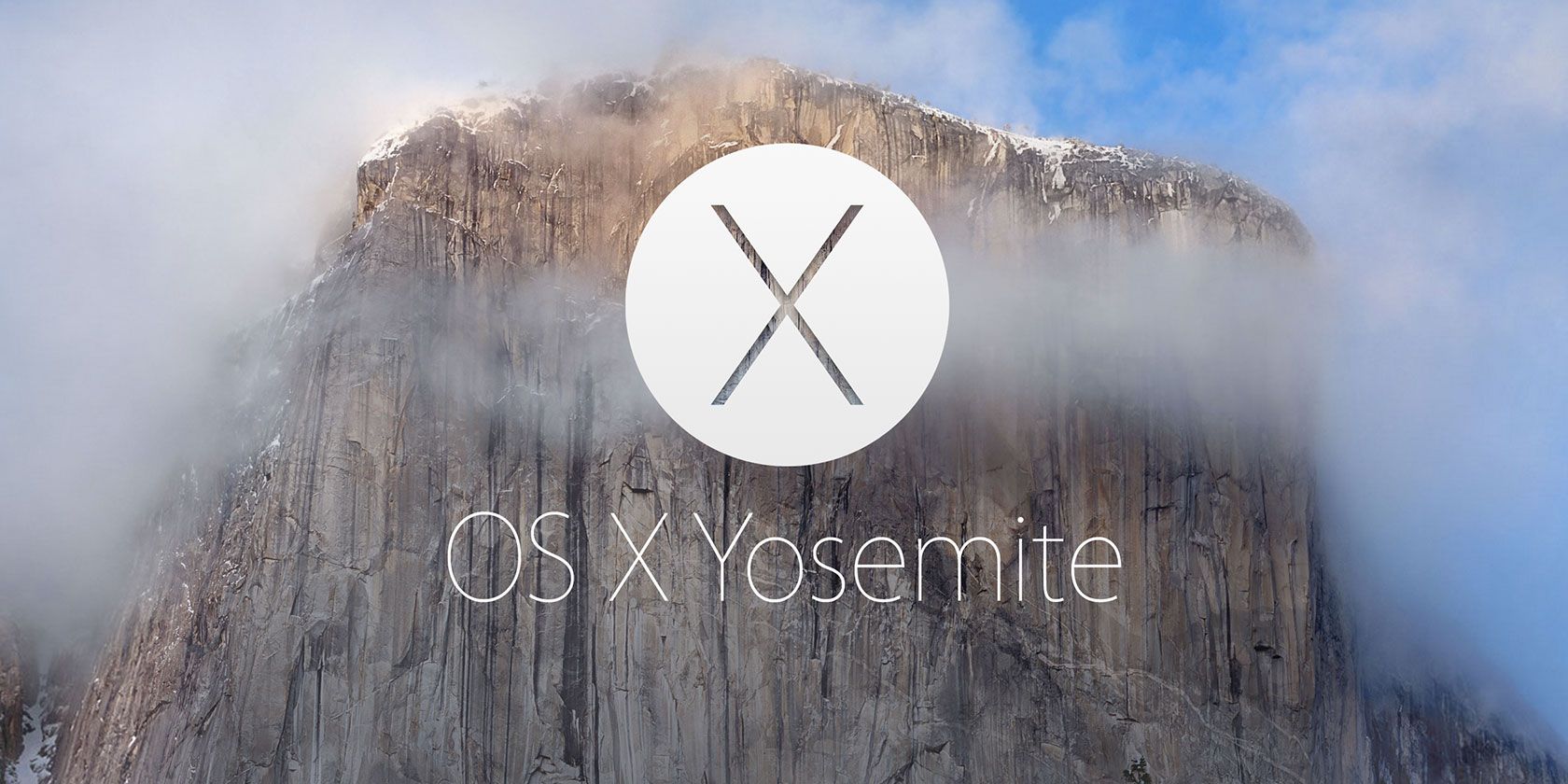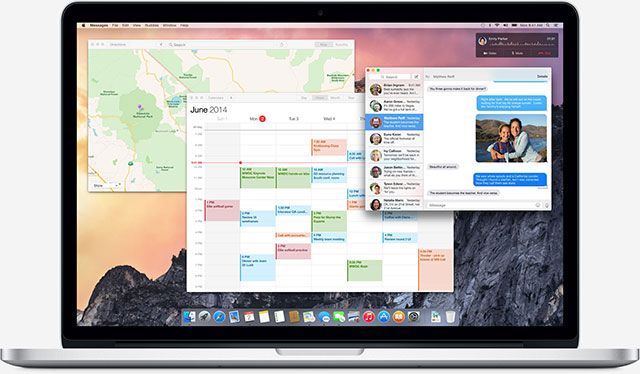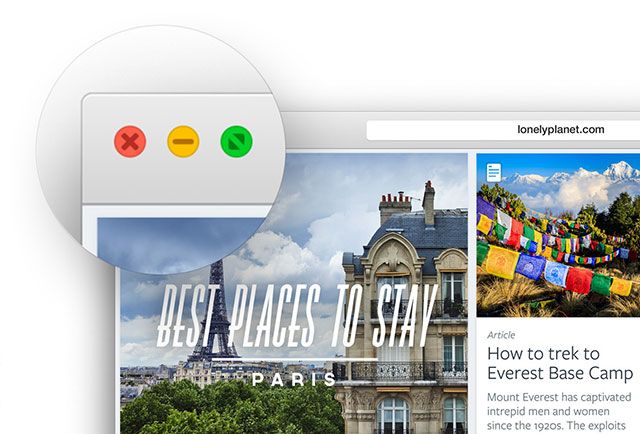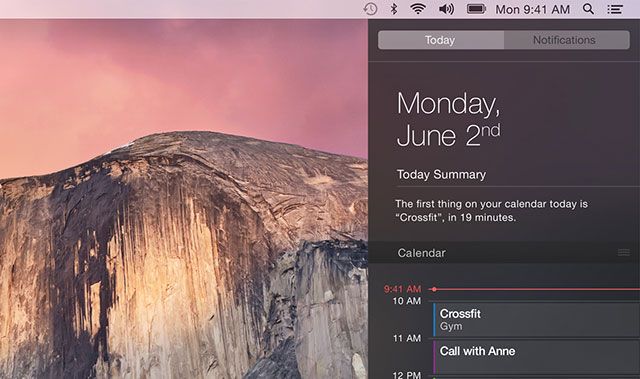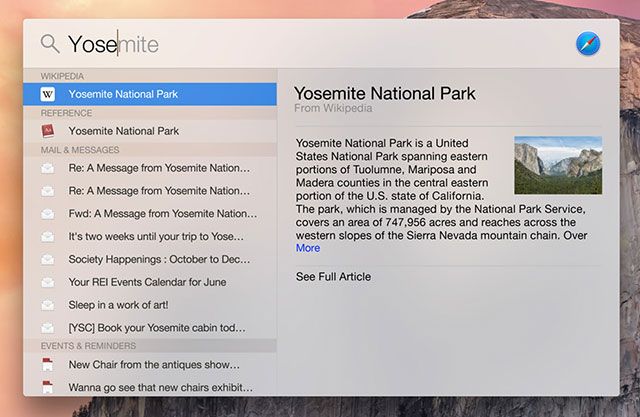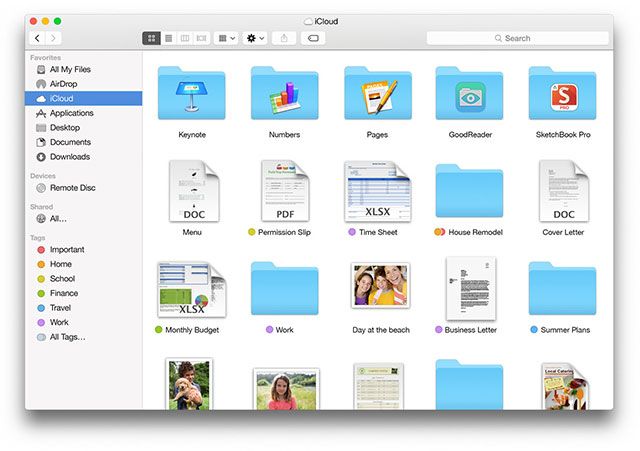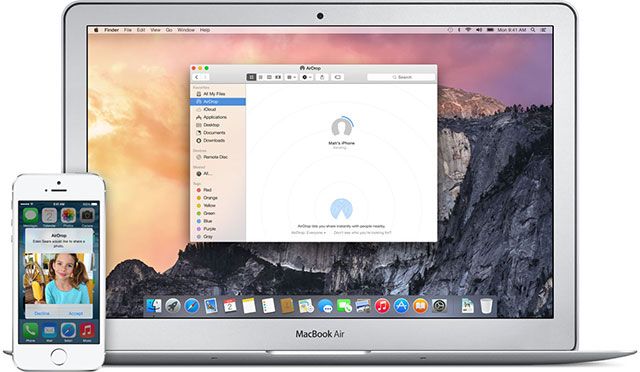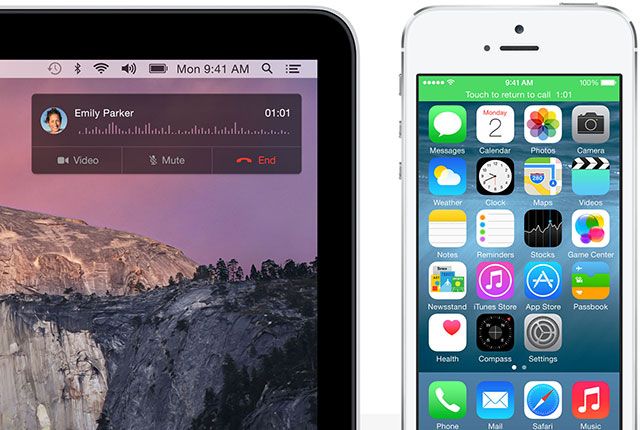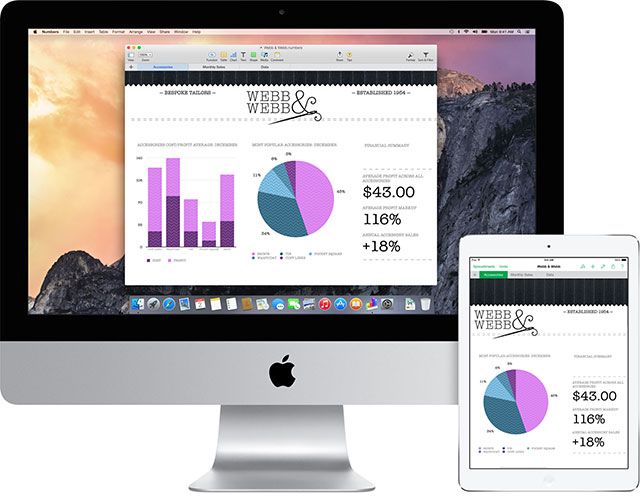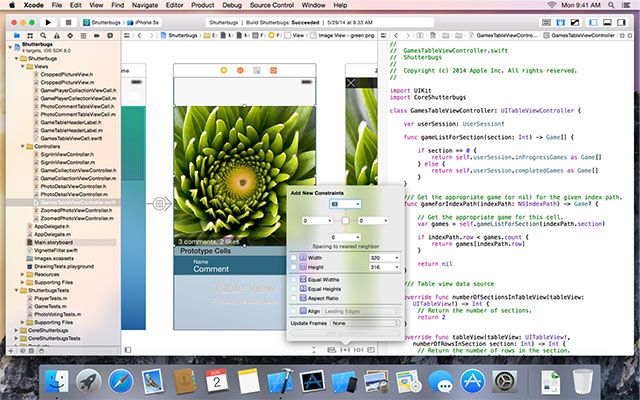Apple's Worldwide Developer Conference brings big changes to the world of iOS, but the company hasn't forgotten about the desktop either. OS X is evolving both in terms of looks and features, and just like last year's Mavericks update, Yosemite will be another free download.
You'll have to wait a few months for the new OS to land, or optionally register for the public beta in which the first million people to sign up are given access (so be quick). For the meantime, here's a peek at what Cupertino have done to the desktop.
Introducing OS X 10.10 "Yosemite"
OS X is the desktop operating system that ships with all Mac computers, and version 10.10 has just been announced by Apple at its annual developer gathering. There's currently no official word on compatibility, but you can expect most MacBooks from late 2008, iMacs from late 2007 and the Mac Mini from 2009 to be able to run it, provided the OS has the same demands as the previous version.
A Brand New Look
Last year Apple gave iOS a serious facelift and this year they've gone and done the same for OS X. The fundamental look of the operating system – a dock, a menubar, the current Finder layout – remains unchanged, but gone is the metallic look to be replaced by translucent windows and smaller, streamlined toolbars which place emphasis on content rather than windows and borders.
The "close, minimise and maximise" buttons have become "close, minimise and fullscreen" represented by solid splodges of colour and the dock background resembles its iOS counterpart, with a dynamic blurriness providing the backdrop for new brightly coloured simple app and system icons. Elsewhere folders and calendar appointments have had the colour saturation ramped up, and everything seems "lighter" in a sense.
The "flat" design seen in iOS has trickled down to the desktop, and context menus allow the background to bleed through, just enough. Notification centre loses its skeuomorphic textured background, now appearing to float over the desktop rather than hiding beneath it. The system font used in iOS makes its way to Mac OS X, proudly displaying dates and weather information in a thin and elegant typeface.
Another new look comes in the form of "dark mode" which allows users to turn the usual light toolbars a darker grey. The best thing about the redesign is that you won't need to learn how to use it, it works just as it always has done, except now it looks and feels more modern than ever before.
Spotlight & Notification Centre
Ever heard of the "do everything from your keyboard" app Alfred? So has Apple, it seems. Spotlight now looks a lot like Alfred, and hooks into more services than ever before. The search function now appears in the middle of the screen as a floating box rather than being tied to the menubar as per tradition. You can search news feeds, iTunes and the Mac App Store, Wikipedia, Maps, Yelp, get movie times and perform quick currency or unit conversion using a quick Cmd+Spacebar search query.
Custom widgets also make their way into Notification Centre, with Apple providing Calendar, Weather, Stocks, World Clock, Calculator and Reminders out of the box. Users can also use the Mac App Store to download even more widgets, like ESPN SportsCentre which was previously only found on the OS X Dashboard.
It's unclear at this stage if Notification Centre is to replace Dashboard entirely, but it's now available at all times – even in full screen mode. Just like iOS, it too now displays a "Today" view which provides a run-down of reminders, appointments and other useful (and customisable) information.
iCloud Drive & AirDrop
One of the biggest announcements in iOS 8 is also big news for OS X – iCloud Drive now allows you to drag and drop documents directly into an iCloud folder that syncs with your iOS devices (and presumably other Mac computers). The folder supports syncing both ways, so you can work on a document on one device then return to it and make changes on another without losing your work.
The company has also reduced iCloud storage costs, with 20GB now costing $0.99 per month, and 200GB available for $3.99 per month. Apple's own marketing speak says users will be able to "drag and drop any files into the folder" – which presumably means even music and videos will be accessible from iOS devices, though we'll have to wait and see for sure.
Another feature that will make iOS users smile is the introduction of AirDrop between iOS and Mac devices. The feature was previously Mac-only, then only supported iOS devices but now Apple seems to have seen sense by opening it up to their entire fleet. Finally you can wirelessly transfer files between iPhones, iPads and Mac computers using not one but two Apple-engineered methods.
Continuity With iOS
Some of the most exciting developments in OS X will only be really useful to existing iOS users. Improved continuity between the two platforms, not only in looks but in interactions and features, tie the desktop and mobile platform closer than ever before. This really comes to a head with the Mac gaining the ability to make and answer iPhone calls (yes, standard non-FaceTime calls) and send bog-standard SMS and MMS using the Messages app too.
That means all of your messages – be it iMessages with other Apple users, or SMS messages to other smartphone users – will now also appear on your Mac. The technology uses Wi-Fi, so both devices need only share the same network (and Apple ID credentials, naturally) which means if you're charging your phone in one room, you can take (or make) a call on your Mac in another. The technology is deeply integrated into existing OS X Contacts, Calendar and Messages apps, and the new Safari too, so you can just click a number and place a call.
Also new to Yosemite is a feature called "Handoff" which allows you to begin work on one device, and continue it on another. Examples include writing a report on OS X then deciding you need to continue on the road using your iPad, or beginning to write an email on your iPhone before picking it up later on your Mac. One final feature worth noting is Instant Hotspot, which displays a pre-configured iPhone as a connection option (complete with signal strength and data connection information) whenever in range from the Wi-Fi connection menubar entry.
Mail & Safari
Two of Apple's most popular apps will get big updates in Yosemite, with Mail receiving a new feature called Mail Drop which allows users to store files of up to 5GB in their iCloud Drive (which will in all likelihood count against your available space) to be accessed by users running any email client. Also new to the email client is Markup, adding the ability to add signatures, annotations, drawings and even auto-converting straight lines and arrows to attachments before sending them off elsewhere.
Safari loses a few pounds, demonstrating a thinner toolbar than ever before. Favourite websites now appear the second you click on the address bar and Tab View offers a chance to see all tabs at once, including those on your other iCloud-connected devices. Just like iOS 8, Spotlight suggestions now appear in Safari too from news sources, websites like Wikipedia along with the standard search suggestions from whatever search engine you're using.
Of course, these are just the visible differences and Apple has improved things under the hood, with faster JavaScript rendering, improved energy efficiency, the ability to use Private Browsing in one window only and the usual maintenance you'd expect to support for web standards including HTML5 Premium Video (which means native support for Netflix without plugins) and WebGL enhancements.
Developer Tools
Finally, Apple has given developers another reason to smile by unleashing a brand new programming language called Swift. The language is cross-compatible with Objective C, the language Apple developers currently use; and represents the future of coding for both iOS and OS X. Not only did WWDC 2014 bring with it a new language, but also a new version of Xcode in which to use it.
While developer tools are probably one of the least interesting developments from the perspective of end users, the new software, language and improved access to APIs (like CloudKit, which opens up the full power of iCloud by letting developers share information between apps) is just as exciting for the future of Mac OS X as many of the other news brought about by WWDC.
Coming "Fall 2014"
Just like iOS 8, OS X 10.10 "Yosemite" will need to go back into the oven for a few months before it's ready for public consumption. When it lands, it will be free and compatible with most Mac computers purchased in the last five, six and maybe even seven years in some cases. Last year's Mavericks update landed on the 22 October, so there's your ballpark figure for a release date.
If you're quick, you might just catch the tail end of the OS X public beta program. In case you missed it, don't forget to check out our iOS 8 round-up too.
Leave a comment and let us know what you're most looking forward to in the upcoming free update to OS X.

